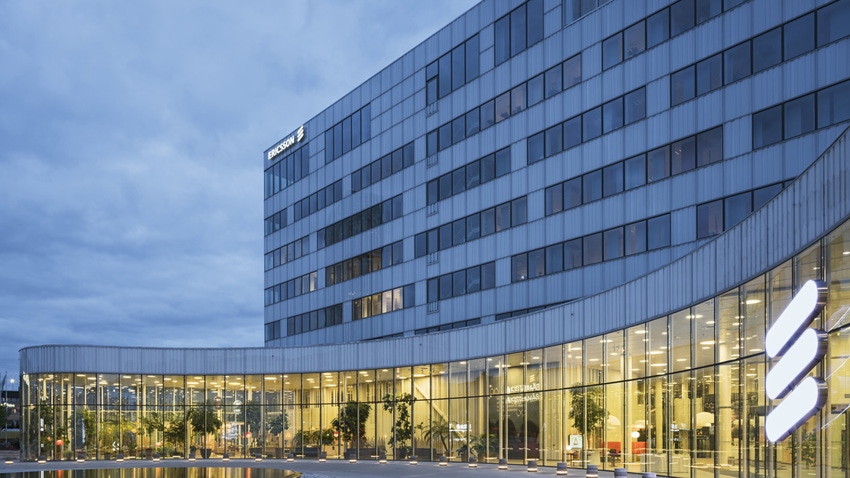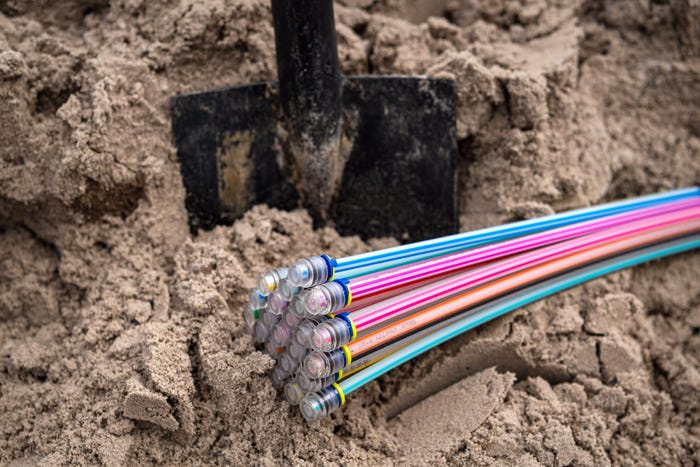Ericsson looks at Vodafone Idea and mmWave business to maintain growth in India
Senior Ericsson executive speaks about the long road to 5G monetization, opportunities in the Indian market and telcos' growing interest in GenAI.

Business from Vodafone Idea, India’s third-largest service provider, as well as network expansion of telcos and millimeter wave (mmWave) related business, should help Ericsson address the anticipated shortfall in revenues this year caused by low capital expenditure at Indian telcos.
While India continues to be the second-largest market for Ericsson, representing around 10% of its revenues in the first quarter of 2024, it recorded a decline of around 38% in sales in the first quarter as the 5G volume-led growth tapered off. Indian telcos deployed 5G in a record time last year, but capex is likely to be muted this year as they shift focus on monetization.
"There is a lot more to happen in India [this year]. This is a small period where the operators are evaluating the network equipment they have deployed, and then there will be more expansion that will come. We will also see a lot of action happening in Vodafone Idea down the line. We also expect traction around the millimeter wave, which has not happened so far in India," said Umang Jindal, head of network solutions, software and performance, Ericsson Southeast Asia, Oceania and India.
Having recently secured funding, Vodafone Idea plans to expand 4G network and launch 5G services later this year. Ericsson and Nokia are both engaged with Vodafone Idea for its 4G expansion and 5G network deployment. Because of the muted capital expenditure of Airtel and Reliance Jio this year, Ericsson and Nokia are likely to be under pressure to get as much business as possible from Vodafone Idea. This is likely to help Vodafone Idea get the best rates.
On 5G monetization
Earlier this year, Ericsson and India’s second-largest service provider, Airtel, demonstrated mmWave functionality and achieved a peak speed of 4.7 Gbit/s for Fixed Wireless Access (FWA), which Ericsson believes is one of the crucial 5G use cases for monetization.
Much like telcos in other parts of the world, the Indian service providers are also complaining about the low monetization potential of 5G. "FWA has been one application where 5G monetization has started. There is a huge demand for FWA, even in metros, because a major part of India is still not connected with fiber. FWA is the first starting point but it will take time because the sales cycle of FWA is different from that of mobile broadband. Secondly, telcos will generate a huge amount of traffic on the 5G network. … We are seeing trends around this in other parts of the world," says Jindal. Both Airtel and Jio launched FWA services last year.
Developing enterprise 5G use cases
Jindal believes that 5G-based B2B use cases for different industry verticals will also start picking up soon in India, with telcos looking to monetize their investment in 5G through private networks. Several operators around the world are collaborating with vendors like Ericsson and Nokia to jointly address the enterprise and private 5G market. For instance, Ooredoo Group recently partnered with Nokia to jointly develop and deploy 5G private networks. Similarly, Ericsson partnered with Malaysia’s DNB to develop 5G use cases.
Jindal pointed out that similar discussions are also taking place in India, though nothing is formalized as of now. "Operators are definitely discussing it and there are discussions happening between operators as well as with the regulator around that. So, there is a discussion happening for the railway network as well as for the disaster network. You should see something in a few quarters down the line on how the networks are being rolled out," Jindal elaborated.
Jindal believes that the industry needs to experiment more to develop enterprise use cases. "I think we need to do more and more experiments here from an enterprise point of view, which we are confident operators are working on. Gradually, FWA will get stable and a lot of applications with respect to video streaming, [network] slicing will start to come in. And that’s where the whole trigger will happen," Jindal said.
Adoption of Generative AI
Jindal also mentioned a growing interest of Indian telcos in using generative AI to optimize their operations and networks. “There are a lot of discussions with the operators around this. … From the automation point of view, generative AI will surely play a role in operations, network operations, network rollout, analytics and optimization, where they can save a lot of operational cost. The telcos are also talking about handling interference because India is a denser country and there is a huge amount of interference in metro areas or site congestion,” he elaborated.
About the Author(s)
You May Also Like














